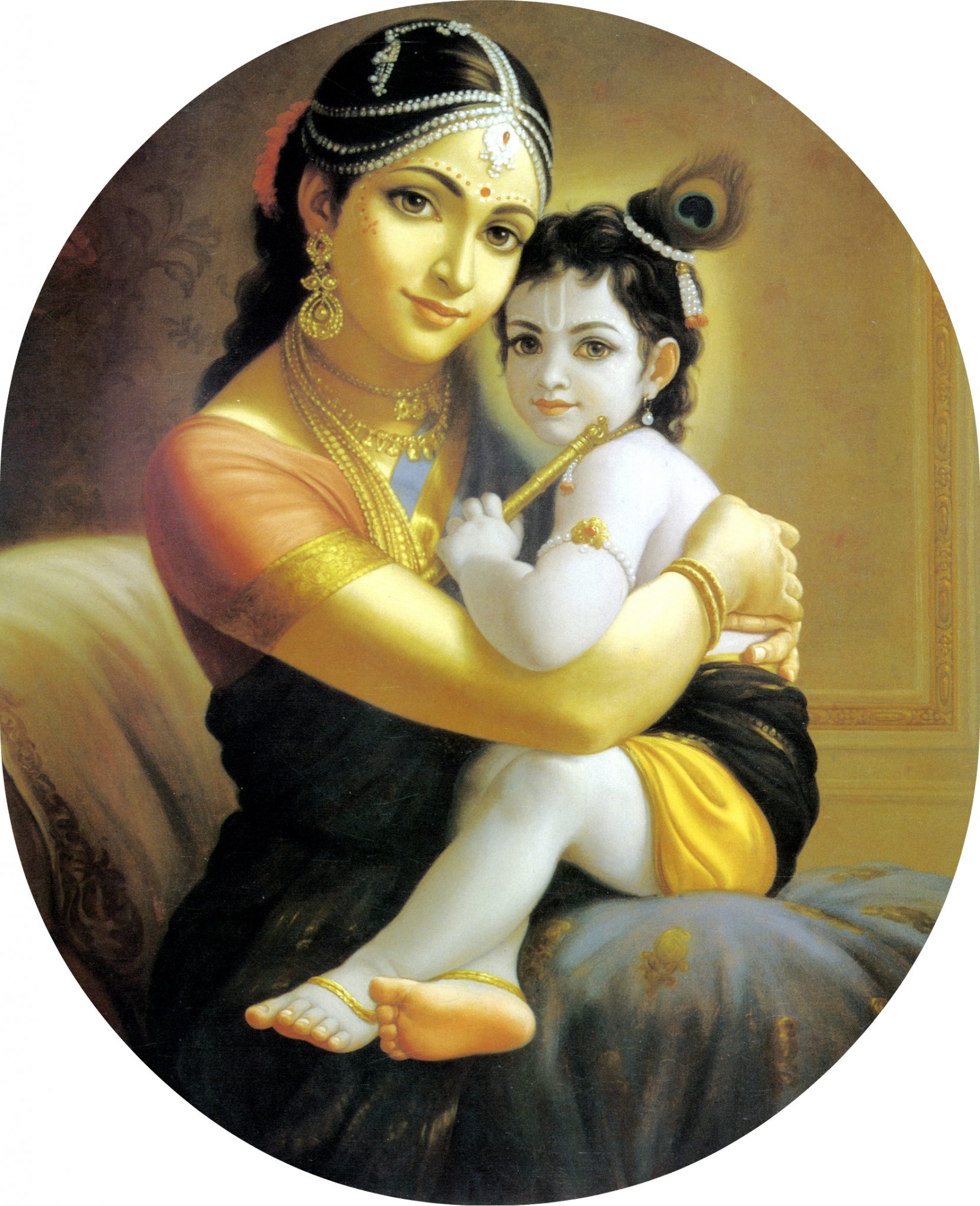 Devotee: Is it correct that the in-charge of a Vaiṣṇava Maṭha or like is called Mahārāja? A word that denotes aiśvarya and is mainly used in relation to tantric gurus or non-Vaiṣṇava gurus instead of Gosāis as seen in Caitanya-caritāmṛta.
Devotee: Is it correct that the in-charge of a Vaiṣṇava Maṭha or like is called Mahārāja? A word that denotes aiśvarya and is mainly used in relation to tantric gurus or non-Vaiṣṇava gurus instead of Gosāis as seen in Caitanya-caritāmṛta.
My second question is this: In Śrī Caitanya-caritāmṛta we see that many times it is mentioned that rāga-bhakti is the only way to attain gopī-bhāva and to reach vrajendra-nandana (the son of Mahārāja Nanda) – where is that rāga-bhakti seen today? Is it rāga-bhakti or vidhi-bhakti what present day Vaiṣṇavas practice? Can we practice rāga-bhakti without going through vidhi-bhakti?
ye lāgi’ avatāra, kahi se mūla kāraṇa
Śrī Caitanya-caritāmṛta (Ādi-līlā, 4.14)
I shall now speak of the main reason for the Lord’s incarnation.
prema-rasa-niryāsa karite āsvādana
rāga-mārga bhakti loke karite pracāraṇa
The Lord’s desire to appear was born from two reasons: the Lord wanted to taste the sweet essence of the mellows of love of God, and He wanted to propagate devotional service in the world on the platform of spontaneous attraction.
Śrī Caitanya-caritāmṛta (Ādi-līlā, 4.15)
Śrīla Bhakti Vijñāna Bhāratī Mahārāja: The difference between Mahārāja and Gosāi is that the person raised to the position of the highest āśrama (the sannyāsa āśrama) is a Mahārāja. A person is a gosāi who has conquered all of his senses. The first verse of Upadeśāmṛta* explains who a gosāi is. A Mahārāja may not be a gosāi but a gosāi can be a Mahārāja.
So we use the term Mahārāja for all the in-charges of a Vaiṣṇava Maṭha and gosāi or gosvāmī for the ācāryas.
By practicing vidhi-bhakti our desire (greed) to serve Kṛṣṇa becomes strong, then we will be qualified to enter rāga-bhakti.
rāga-hīna jana bhaje śāstrera ājñāya
‘vaidhī bhakti’ bali’ tāre sarva-śāstre gāya
Śrī Caitanya-caritāmṛta (Madhya-līlā, 22.109)
Those who have not attained the platform of spontaneous attachment in devotional service render devotional service under the guidance of a bona fide spiritual master according to the regulative principles mentioned in the revealed scriptures. According to the revealed scriptures, this kind of devotional service is called vaidhī bhakti.
He who has no qualification in rāga-bhakti will only do vidhi-bhakti.
bhaktis tu bhagavad-bhakta-
saṅgena parijāyate
Bṛhan-nāradīya Purāṇa (4.33)
Bhakti becomes manifest by the association of the pure devotees of Bhagavān (sādhu-saṅga).
Vidhi-bhakti happens through the association of a devotee. But rāga-bhakti comes through greed. When we see the serving mood of the rāgātmikā-bhaktas (like the gopīs) to Kṛṣṇa then a greed arises inside us to serve Kṛṣṇa in the same mood and then we can be qualified to enter rāga-mārga.
When any such devotee is not seen today simply follow vidhi-bhakti; anyhow we are not going to die, we only change our body and when we meet such a devotee then there may be some chance. Prahlāda Mahārāja and Gajendra are some examples we have.
So keep chanting properly and Kṛṣṇa will make all arrangements.
*vāco vegaṁ manasaḥ krodha-vegaṁ
jihvā-vegam udaropastha-vegam
etān vegān yo viṣaheta dhīraḥ
sarvām apīmāṁ pṛthivīṁ sa śiṣyāt
A wise and self-composed person who can subdue the impetus to speak, the agitation of the mind, the onset of anger, the vehemence of the tongue, the urge of the belly and the agitation of the genitals can instruct the entire world. In other words, all persons may become disciples of such a self-controlled person.
Image/Art made possible by Krishnapath.org








